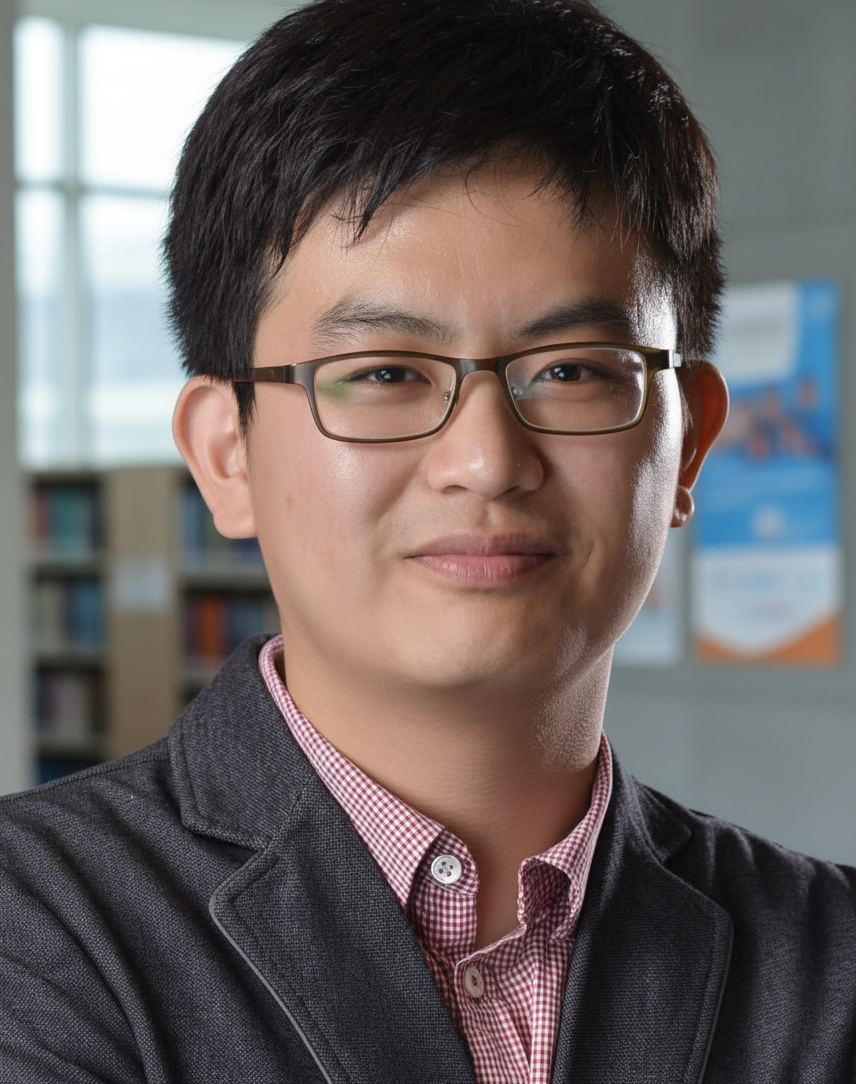人工智能方法:
(1) 自监督表示学习方法。
(2) 多模态信息融合方法。
(3) 因果关系推理方法。
AI for Science:
(1) 生命科学:设计大规模、多模态的人工智能方法,应用于单细胞组学、空间组学、多模态生物数据,为生命科学研究提供由浅入深的解析工具,服务脑科学、肿瘤、衰老等问题研究。
(2) 药物科学:结合表型药物筛选显微平台(High-content image-based phenotypic screen),设计跨细胞系、显微平台、药物库的大规模药物筛选方法,加速小分子药物发现。
(3) 自然科学:设计针对全球长时程观测数据的人工智能方法,探索在气象、城市、环境的科学价值。
实验室招聘研究助理。欢迎博士后合作,直博生、普博生、硕士生报考,本科生科研实践,近期特别关注方向:空间组学,肿瘤科学与自然科学的AI方法。请联系 fbao@fudan.edu.cn。
编委:
The Innovation Medicine
编辑:
PLOS Computational Biology Guest editor
学术期刊审稿人:
Cell
Nature Biotechnology
Nature Communications
Cell Systems
Genome Biology
IEEE Transactions on Fuzzy Systems
IEEE Transactions on Neural Networks and Learning Systems
Briefings in Bioinformatics
IEEE Journal of Selected Topics in Signal Processing
2025 小米青年学者
2023 国家高层次青年人才
2023 上海市高层次青年人才
2021 Cell Press中国最受欢迎文章
2021 Germany DAAD AInet Fellowship
2021 CICAI International Conference on Artificial Intelligence, Best Paper finalist
2020 IEEE CIS Transactions on Fuzzy Systems Outstanding Paper Award
2020 世界人工智能大会杰出青年论文奖.
2019 北京市优秀博士学位论文
2019 清华大学优秀博士学位论文
复旦大学 / 信息科学与工程学院
青年研究员
2024年11月 – 今
加州大学旧金山分校 / 药物化学系
博士后
2019年11月 – 2024年9月
清华大学 / 自动化系
工学博士
2014年9月 – 2019年7月
哈佛大学 Dana-Farber 癌症研究中心 / 数据科学系
访问学者
2018年3月 – 2019年1月
西安电子科技大学 / 电子信息工程
工学学士
2010年9月 – 2014年7月
2025春季学期《前沿讲座》(与迟楠老师合作)
2025秋季学期《人工智能基础》AIB210002.07
一作/通讯代表性文章:
1. Transitive prediction of small molecule function through alignment of high-content screening resources.
Nature Biotechnology. 2025. doi: https://doi.org/10.1038/s41587-025-02729-2.
2. Tissue characterization at an enhanced resolution across spatial omics platforms with deep generative model.
Nature Communications. 2024, 15(1): 6541.
3. Integrative spatial analysis of cell morphologies and transcriptional states with MUSE.
Nature Biotechnology. 2022, 1-10.
4. Explaining the Genetic Causality for Complex Phenotype via Deep Association Kernel Learning.
Patterns, Cell Press. 2020, 100057. (封面文章)
5. Scalable analysis of cell type composition from single-cell transcriptomics using deep recurrent learning.
Nature Methods. 2019, 16: 311–314.
